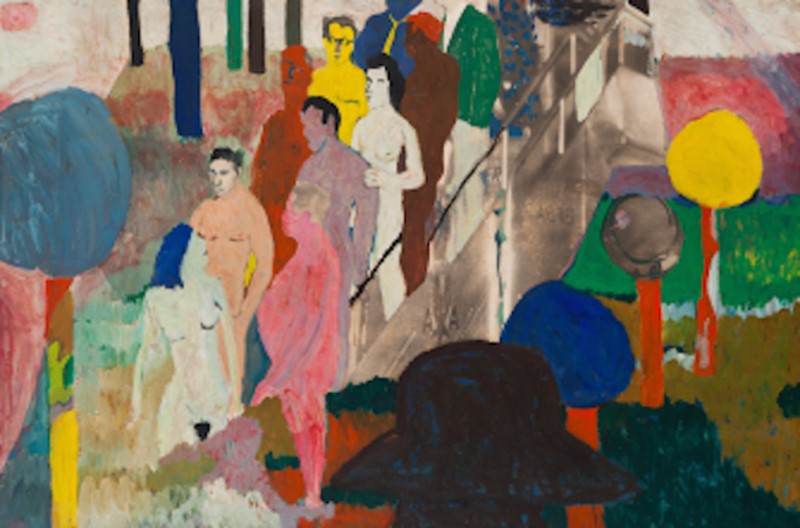
In the United States, the importance and richness of the African-American art of the times of segregation has been recognised for thirty years now. Europe, and France in particular, is significantly behind in understanding this important period of the American history and recognizing this cultural movement.
The exhibition The Color Line presents at the « musée du quai Branly - Jacques Chirac » next October in Paris traces 150 years of African history - American art through more than 200 works by iconic artists of this period, David Hammon, Jacob Lawrence, Aaron Douglas, Elizabeth Catlett, Ellen Gallagher and others.
The title of an article by the important African-American leader Frederick Douglass, the expression The Color Line refers to the segregation of black people that emerged in the United States after the end of the Civil War in 1865. The ratification of the 13th amendment was to open a new period in American history, with slavery giving way to a century of segregation (which would end in 1964, after many struggles, with the signing of the Civil Rights Act by President Johnson). The Color Line, African-American artists and civil rights in the U.S.A. discusses this history from the perspective of artistic creation in all its forms by African- American artists, who were themselves victims of this discriminatory "color line", and were almost always marginalized in their time.
The exhibition, through a chronological and thematic route of some 200 works - painting, sculpture, photography, film, music, graphic design and comics - pays tribute to the richness and diversity of these creations.


